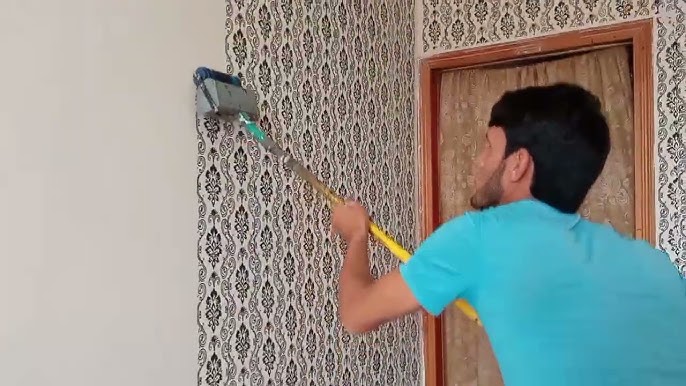Concrete surfaces can be made to look like stone, wood or brick by hand carving or stamps. Learn to create texture, mold, and color concrete to reproduce realistic rock structures to create waterscapes.
If you are considering a design from the past approach, you should research the actual styles in the style you are looking to imitate. It is then possible to select the colours and combinations that evoke certain feelings.
Rustic and Vintage Concrete Finishes
Concrete is widely regarded for its use as a building material However, the addition of decorative features add a unique dimension to this material. Concrete’s versatility lets it form into an array of designs.
The rustic appeal of country or farmhouse homes designs is enhanced with concrete colors that have earthy and have rough textures. You can use it to “antique” the look of existing surfaces such as patios and porches.
Make faux concrete designs using a mixture of the plaster of Paris, joint compound, and stucco patch for the aged look and rustic feel. Dip a cloth or sponge into this blend and apply it on your concrete objects in tiny areas applying the paint, then stippling. The method creates a surface which is uneven and mottled, just like real concrete.

Versatile Design with Faux Concrete Aged
Concrete wallpaper can be effortlessly cleaned, and is suitable to suit any room. It can be used to add a touch of industrial flair in your bedroom as well as to create the illusion of an art exhibit in your living room. You can use it in any commercial space where you’d like to set the appearance of a trendy setting. The faux paint is also applied to planters in outdoor areas as well as pedestals, spheres or spheres. This will make them appear as if they are being naturally aged over time.
The texture of aged patina as well as Replication
Concrete is stained with a color that can replicate the patina of wooden floors. Shades that range from pastels to intense saturated hues can enhance the aging effect.
Concrete is a very porous material that easily absorbs stain. In order to ensure stain stays longer you must allow the concrete to fully cure before painting it by scuffing or roughing it up so that paint will stay in place.
The stippling method can also create the appearance of a concrete texture. For a bronzer-like patina add a little green in the process of stippling since it can make dark colors appear.
A clear coating will shield your faux concrete panel against harsh weather. GT Refinishers recommends using a non-toxic water-based polyurethane such as CRC 3-36 and Boeshield. The two brands use volatile hydrocarbons (alpha-alpha analiphatic) rather than aromatic chemicals like benzene. They are less environmentally friendly.
Vintage Design Solutions that are Economical
Fake concrete wall panels can be cost-effective options to create an industrial look in every room. They’re also great to complete projects that are challenging or impossible with real concrete.
Find out the methods of design that were used during the period which you’re striving to copy. You can design more quickly and effectively. Ask for the feedback of an entire group of designers who will help guide, correct, and inspire. Kittl’s platform is perfect for this.
Apply paint in layers to achieve an aged concrete appearance. Keep in mind that older concrete will have layers of colors, blemishes, and variations. Apply a moist cloth to smooth and mix. Do this for a few more times until you’re satisfied with the results.
Faux Aged Concrete Application and Tips
The son be tong ngoai that are a great DIY-friendly alternative to concrete, and offer the modern industrial design you’re going for. These panels can be installed in many different settings, like basements, garages and even furniture and man caves. If you are painting fake concrete walls, it’s helpful to use dry wipes to apply paint. This wipe will absorb the water from the paint and blend with the color. If you are working with lighter hues, don’t be too aggressive. Concrete that has been aging is covered in layers of textures and. Utilize a dark base shade to let light colors stand out.
